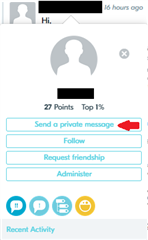Goodmorning,
we are looking for a development kit to test the transmission for the following purpose.
We need a system with one receiver and some transmitters (up to 5) to develop Health/fitness sensors and monitor devices.
The idea is that all the sensor devices, that are acquiring different data, are paired in a fixed way with a single receiver which is collecting data from sensors and send them to the PC over USB.
Each sensor send a new value every 10ms, so the receiver needs to be fast enought to receive them.
All the sensor devices (transmitters) must be movable. All the system is intended to be used INDOOR (in a single room) or OUTDOOR.
All the devices has to be as small as possible, so it's better to use PCB antennas.
We had already try this with nRF24 series without success: the transmission data is not robust and the data are lost frequently even at short distance between transmitter and receiver, in one-to-one or in a more-to-one configuration/network. You can verify the situation by the tikets opened in your on-line technical support service.
Please is there some new device suitable for this application? Can you advise us some DK?
Along with the hypothetic DK, do you have a firmware/software ready to go that we can use to test the transmission? It doesn't care what data it transmits and where they are coming from.
Just something to test the reception of the amount of data we need without wasting time on code writing, we already spent lot of time with nRF24.
Thanks.





